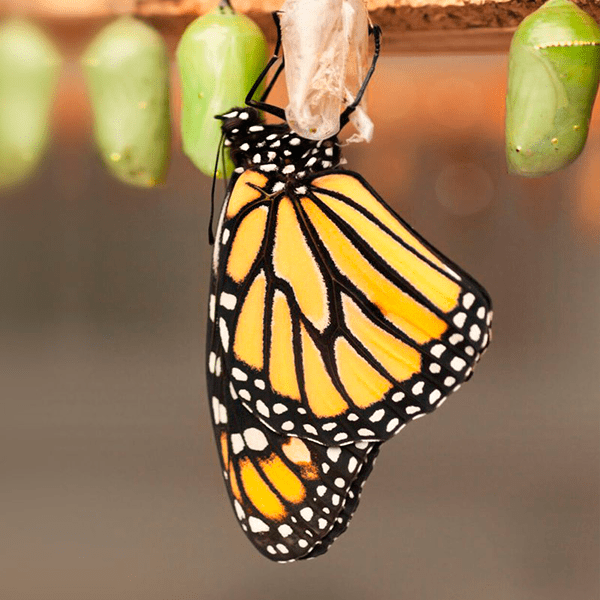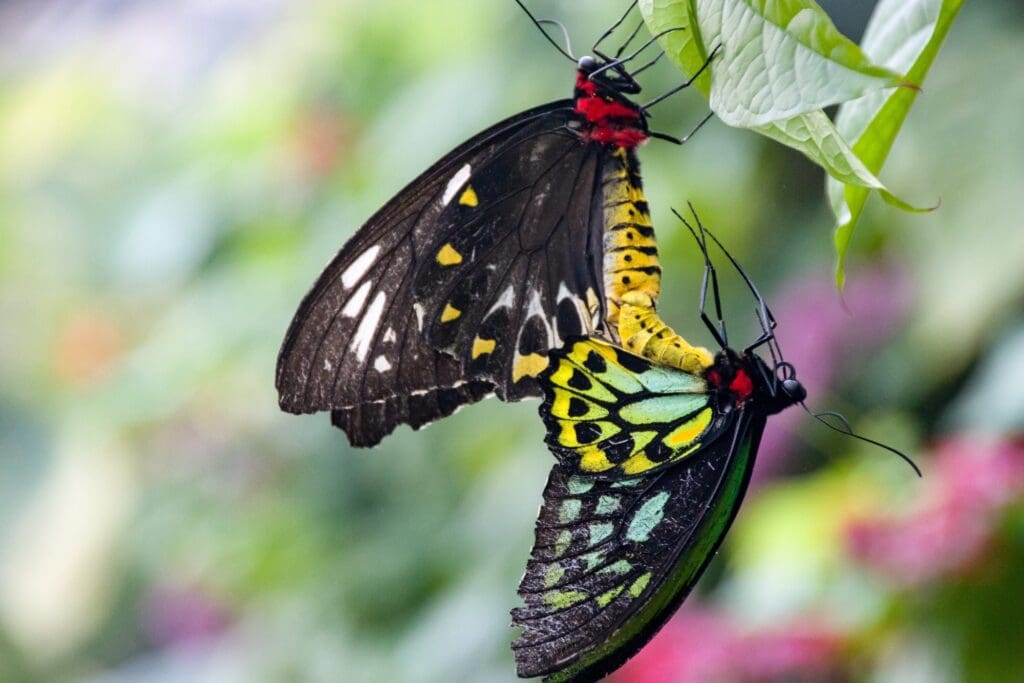

These facts offer a glimpse into the fascinating world of butterflies, highlighting their diversity, beauty, and unique characteristics.
1. Monarch Migration Marvel: Monarch butterflies embark on an incredible migration journey, covering thousands of miles from North America to central Mexico, showcasing their remarkable navigational abilities.
2. Painted Lady’s Global Presence: Vanessa cardui, or the Painted Lady butterfly, is found on every continent except Antarctica, earning its nickname as the “Cosmopolitan” butterfly.
3. Eastern Tiger Swallowtail’s Striking Appearance: With a wingspan ranging from 7.5 to 14 cm, the Eastern Tiger Swallowtail boasts vibrant yellow wings adorned with four distinctive black “tiger stripes” on each forewing.
4. Life Cycle Wonders: The butterfly life cycle includes four stages – egg, larva (caterpillar), pupa (chrysalis), and adult. The duration of each stage varies, contributing to the intricate beauty of their life cycle.
5. Mating Rituals: Male butterflies often engage in behaviors like patrolling habitats and puddling to seek out females. These rituals are crucial for successful reproduction.
6. Wide Range of Host Plants: Butterflies lay their eggs on specific host plants, which caterpillars then consume. Examples include wild black cherry, ash, cottonwood, and more, each playing a vital role in their life cycle.
7. Distinctive Northern and Southern Patterns: Seasonal variations in butterfly sightings occur, with northern areas typically experiencing 1-2 generations, while southern regions may witness up to three generations in a year.
8. First Butterfly Drawing: The Eastern Tiger Swallowtail holds historical significance as the subject of the first known drawing of a North American butterfly, created by John White in 1587.
9. Nectar Preferences: Adult butterflies predominantly feed on nectar, often preferring sturdy plants with red or pink flowers for their nourishment.
10. Diverse Habitats: Butterflies showcase adaptability, thriving in various environments, from gardens and meadows to urban areas, contributing to their widespread distribution.
For The Latest News, Updates And Promotions
